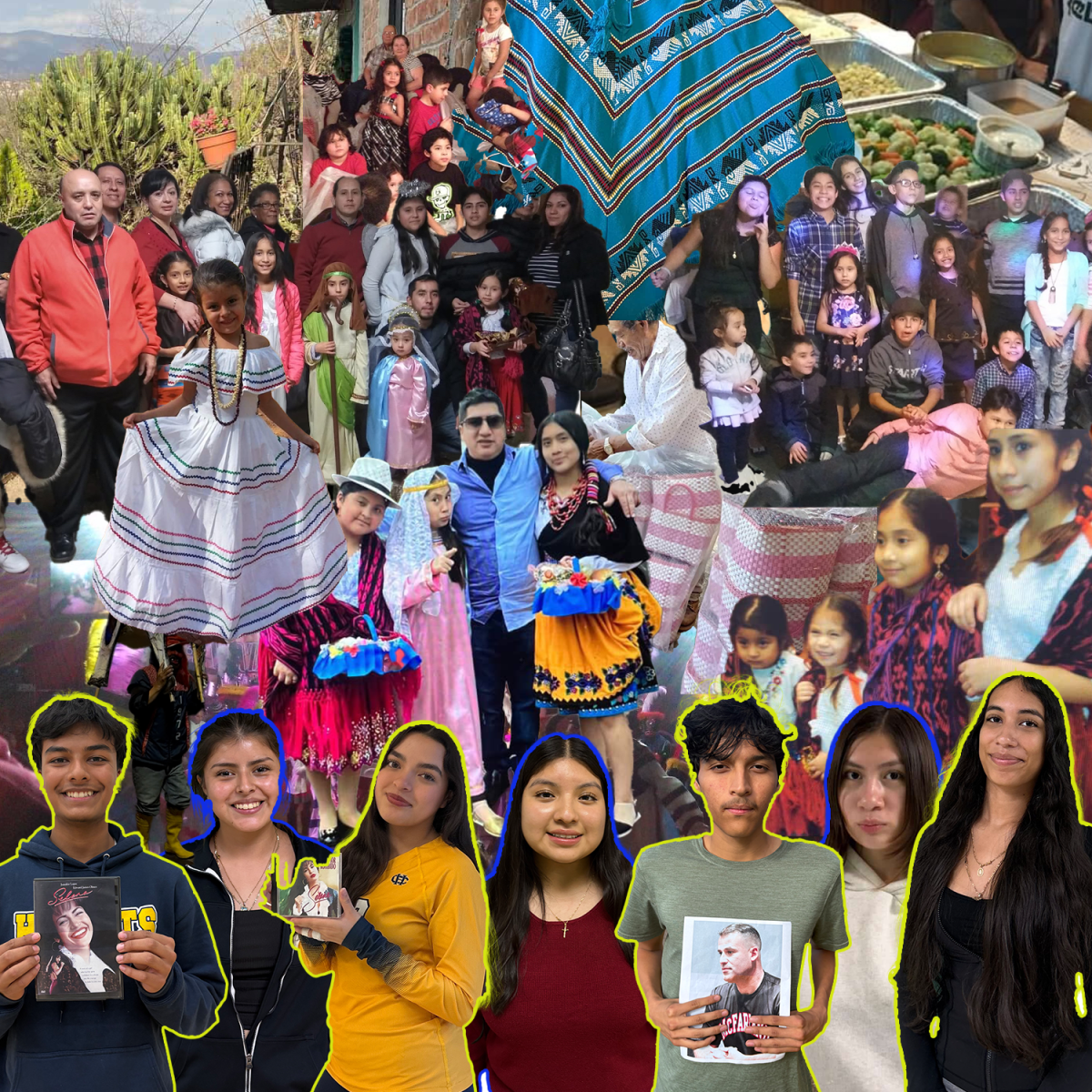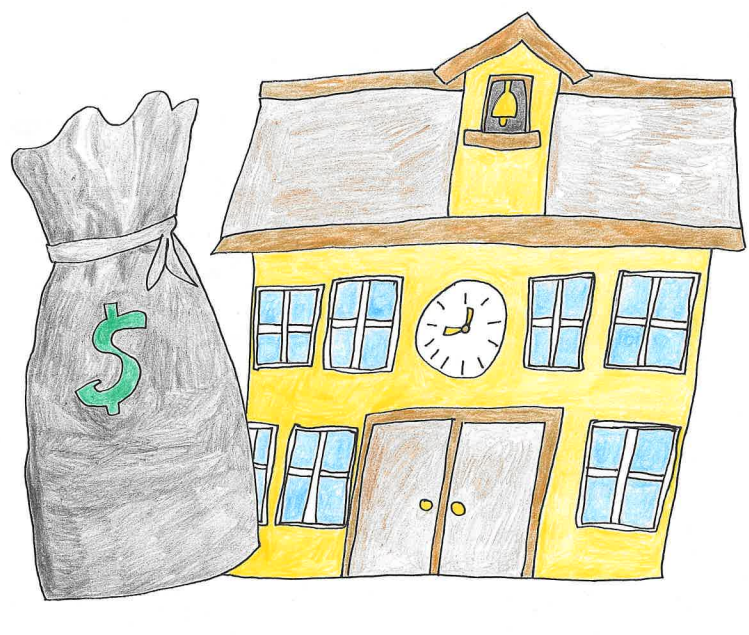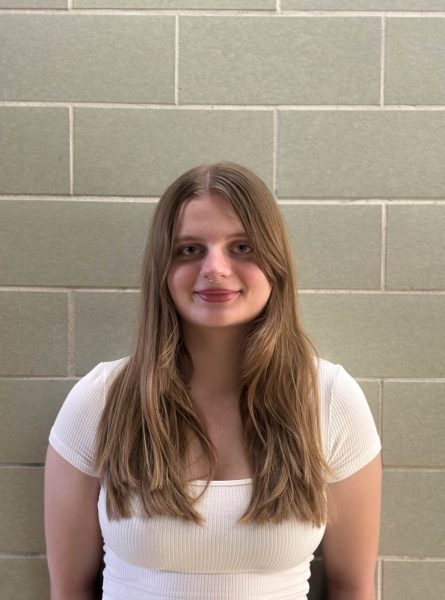Coding sounds like a rocket science-level activity that will take years to study, learn or understand. However, did you know you can learn how to code right here at CHHS?
First off – what is coding? Coding, sometimes known as computer programming, is writing code to instruct a computer to do something. Coding has become exponentially more popular in recent years due to the increasing accessibility of both computers and coding software. There is a growing demand for jobs that require coding too, whether it is backend coding (the mechanics of an application), frontend coding (the parts that are seen and interacted with by the user) or full-stack coding (when a coder can make an entire application from frontend to backend). Not only is it gaining traction in the workforce, but it is also becoming a more commonly found class offering in high schools. Some schools have even started competitions like the IslandHacks Hackathon in Alameda, California, where students created projects ranging from small, simple games to an operating system, which were then presented and voted on by a panel of judges.
This year at Heights, there are three entirely new classes related to coding: Web Design, Coding and Mobile App Design, all of which are taught by two new teachers to the district, Mr. William Vann and Mr. Martin Lohman. Vann teaches Mobile App Design and Web Design, where students will learn and create a few different apps and websites through coding with languages such as HTML, CSS, JavaScript and MIT App Inventor 2. Lohman, on the other hand, teaches a general coding class that introduces coding with the computer programming language Python to create projects like a choose-your-own-adventure game, a whack-a-mole game and designing emojis. They are both semester-long classes, but they hope to expand the catalog of coding-related classes in the near future. Nevertheless, the course offerings have already attracted a number of Hylanders.
“I wanted to do coding in school since it’s free, instead of a class or seminar [outside of school or in college] that I would have to pay for,” Loulou Sandrant (10) said.
Coding is something that can and should be taught early on, many experts believe. Learning how to code teaches students and adolescents how to solve problems, both simple and complex, as well as get to know how things work.
“I am a big fan of learning coding because of how much technology that relies on coding has become a part of everyday life,” Lohman said. “Everything from your smartphone to the cars on the road rely on code. Every aspect of life, including every career, has been impacted by code and learning it opens up lots of doors for your future.”
These new courses teach students to think logically and strategically, as coding is sometimes like a puzzle that requires a solution. Coding is all about making mistakes, learning from them and then fixing them by trying it again. Teens can often learn new subjects and skills faster and more efficiently than adults, so coding, which often is described as a convoluted skill, is especially valuable and worthwhile to learn in high school.
Even if you do not learn how to code as an adolescent, coding is still fun and stimulating; and you can learn to create websites, apps or games to impress friends or start a side hustle. Another plus is that if you’re interested in a coding or software development career, you do not necessarily have to go to college. One thing about coding is that anybody can learn how to do it, even for free. There are hundreds and hundreds of videos, courses and textbooks that are accessible to anyone with a device and an internet connection. Once you learn how to code, whether through classes or personal discovery, there are a plethora of jobs and gigs, many of which come with significantly high salaries.
“With a computing device, a coding language, and some computational thinking skills, anyone can make magical things happen in the digital space!” Vann said.
This year, CHHS has broadened its range of courses to include coding classes that are highly beneficial and engaging for students to get to experience. These new educational offerings have already proven highly advantageous for students, providing an interactive and engaging learning experience in and beyond the classroom. Be sure to let Mr. Vann or Mr. Lohman (located in the English/Spanish hallway) know if you’re interested in registering for a coding class, or go talk to your dean!










